The Killing of a Sacred Deer: An interview with director Yorgos Lanthimos
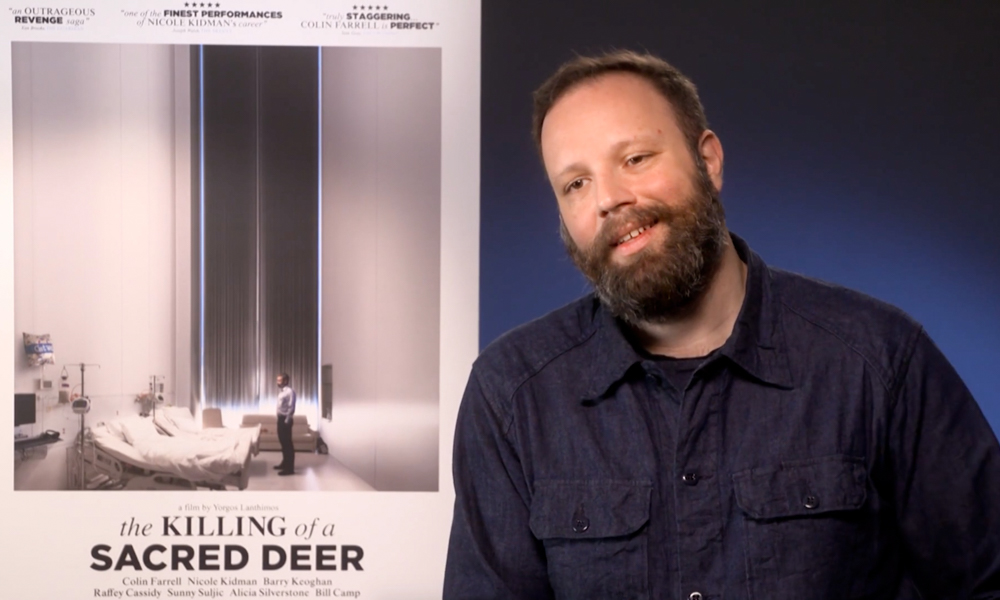
The Killing of a Sacred Deer is the unsettling new thriller from the director of dark satire The Lobster, Yorgos Lanthimos. Once again collaborating with Colin Farrell, this film starts from the premise of a Greek metaphor about justice. The scene is set with the ostensibly peaceful suburban existence of a cardiologist Steven (Farrell), his ophthalmologist wife (Nicole Kidman) and their two young children Kim and Bob. However, that peace is disturbed once a strange young boy, Martin (Barry Keoghan), starts to insinuate himself into their lives. Blacker than night and perfectly orchestrated in its deadpan performances from an unbeatable cast, Lanthimos once again delivers a painfully sinister-yet-hilarious critique of contemporary middle-class living.
Lanthimos’s film had its UK premiere at the 61st BFI London Film Festival. We had the pleasure of sitting down with him to discuss the process of making the film, working with an incredible cast and how his filmmaking has evolved.
Hi Yorgos, great to meet you. Congratulations on a fantastic film. So The Killing of Sacred Deer: it’s certainly dark and unsettling but it’s also got a lot of humour in it and subverts many of the conventional tropes we see in a film. What inspired you to make this movie?
I don’t know if it’s an inspiration, I think it’s just a process that we have – and I’m saying “we” because I work very closely with the Efthymis Filippou and we’ve written most of my films together – so I’m not sure if we’re inspired by anything but it’s an interest in exploring certain things around human behaviour and human nature. So everything that we’ve written starts with a dialogue between the two of us discussing certain situations that we observe, or a fragment of a story that comes to mind, just out of our imagination. And then we figure out whether that can create something, a structure which is complex enough that we can explore it by writing a screenplay. So it’s never really a specific moment or an event that inspires us; it’s just a dialogue and a thought process that makes us want to write certain things and explore them.
Thinking about the style of the film – for example, the focus on the interior of this hospital, the ominous music that comes in, often loudly, the deadpan nature of the acting – what was your approach? How were these elements important to you?
For me it’s kind of straightforward, I think. I start by feeling comfortable about the screenplay that we’ve written. Then when that’s quite precise I move on to figure out all the other elements. And because most of the time the script that we’ve written so far could take place anywhere, it’s important for me to make a decision on where we’re going to make the film and then who’s going to be in it. And the writing, although precise in structure and dialogue, doesn’t necessarily have specific descriptions around characters. So for me the casting process is more of a rediscovering of the characters – who could be interested in that role, what else would it bring that is not necessarily on paper. Then the combination of a person who looks like this and has some kind of presence that emanates something specific. If you put that person with a character that we’ve created, then you create something different that you didn’t necessarily imagine. And that for me enriches the whole work. And then I try to figure out the filmic atmosphere I want to have in order to support the ideas of the film and the story. So a lot of it comes from what I consider the essence or what would be something that enhances a certain element of the story or the idea. So, for instance, the way we filmed this time, it had to do with a need of mine to introduce almost another entity by using the camera in a certain way. So trying to give the feeling that there’s a presence hovering over people and the actors and observing them. Or creeping up from below the ground. You know, just following people around, creating an uneasiness with the camera or the sound and the music. So yeah, all these elements I try with each film to make them organically come out of the story, instead of having already imposed them in the script-writing stage. So that’s why I want to be clear about writing a screenplay and then figure out those ideas and then support them with all the other tools that I have as a filmmaker.
And coming to the cast specifically, it’s not your first time working with Colin Farrell but in his previous roles, he had quite often played more of the alpha-male archetype. What was it like working with him again?
It was great, that’s why we did it again! I mean, we worked together on The Lobster and it was a great experience – again a non-alpha male there (laughs). So it was just natural for me to want to build on the relationship that we had. Knowing that you can trust someone – his motives for being there, the fact that he’s so committed, generous and wanting to contribute to the film that you’re making, that he has a deep understanding of the world that we create and the tone of the films and the approach of work – it was just pleasant in every way. So why not continuing working with a person like that. And it was a very similar with Nicole – although we hadn’t worked together before, we’d been talking for quite some time in order to find something to do together because she reached out when she saw some of my work and said: “I really like your work and I’d really like to work with you” and I went: “I would love to work with you too”, obviously. So as soon as this screenplay came about she read it and went: “I wanna do this” and I said “yeah, let’s do this.” So an actor like that who you haven’t worked with together before, but knowing that she’s really aware and appreciative of your work, it makes it almost as easy as having worked with someone before. So Colin and Nicole worked out seamlessly like they’ve worked together before.
And with Barry? He seems to be something of an upcoming star and to really inhabit this challenging character of Martin – he has to go to some quite dark places. What was it like working with him as well?
He’s a joy to have around. Have you met him?
Yeah, I just met him earlier today!
Well, you saw that: he’s just warm and funny and unique and a special presence – obviously very talented – and he just stood out from hundreds of kids I saw from all around the world. I mean, we looked at every anglophone country, we looked at the young actors everywhere and Barry was just so special that you couldn’t resist him. And I was confident with Barry after we did a couple of screen tests together, that he would be the person that would be able to convey the complexity that we were in need of for this character. Because I didn’t want this to become a one-dimensional, evil kid – I wanted him to also be sympathetic and to appear sensitive, troubled maybe and up to evil sometimes, but at the same time you could relate to his troubles and why he’s being the way he is. So, Barry was someone who I found could pull that off. And, yeah, we were very lucky to have him.
Despite the more disturbing elements of the film, there is so much dark comedy in there – kids dragging themselves across the floor, Colin Farrell showing his armpit hair – was it actually a lot of fun on set in the end? Were there any moments that were particularly challenging to film?
Yeah, most of it! A film set is very stressful, especially for the filmmaker – you know, you never have enough time, you never have enough money – so you strive to do as much as you can in the best way you can. But apart from that, yes a lot of the situations are awkward and uncomfortable and very funny. So we did have a lot of laughs while making this. And my approach is never trying to induce a similar menacing atmosphere on set. I think films are a construction anyway and if you observe it from afar it is quite absurd seeing these grown-up people just pretending to be doing all those things with cameras around them. I mean, it’s quite ridiculous if you look at it that way. So in that respect, doing this as a job is a joy for most of the people that work in it. So, minus the stress, it’s really enjoyable.
You’ve gone from filming in friend’s houses with Alps and now you’ve got Academy Award-winning actors and actresses at your fingertips, you’ve got bigger budgets – how has your filmmaking evolved? And how do you think it changes your style?
Well, I don’t have the big budgets, I have the necessary budget to make small films (laughs)! But yeah, compared to the films I was making before, this is a big budget. It hasn’t changed a lot, I mean I find myself trying to infuse a little bit of the spirit that we had when we were making films with friends in a much less composed structure and industry when I started making English language films. I find it hard to do because although I craved professionalism when I got it, I got a bit frustrated with it (laughs). So it’s that kind of thing – be careful what you ask for – a little bit. Because, I do miss the flexibility that we used to have when we were like, five friends making films and you could do anything at any point. And all of them were doing it out of a love of making films and they’re giving you their clothes and their cars and their houses to film in. And it’s all love and filmmaking and, you know, nobody gets paid and you pay with your own money to pay for the necessary stuff. So that kind of atmosphere nurtures a lot of love and creativity and flexibility which, unfortunately, when you move into a much more composed structure, and you do get a few more means in order to do certain things, but at the same time they come with a lot of restrictions and rules as well. So I do need the means to make the films the way I want to make them – but I do desperately try to gain some of that flexibility back. And that’s my struggle at this point, by making small films compared to the industry but more structured than the films that I used to make in Greece. And I do try and maintain as much of that spirit that I can and I think that with every film that I make, I gather a number of people around me, including the actors, but also producers and heads of department that I work with, that are in tune with that kind of spirit. And hopefully I’ll be able to achieve a certain amount of flexibility within an industry that is more structured and much more rule-oriented.
You’ve lived in London for some time now…
Yeah, six years!
So how does it feel to have your film presented here at the London Film Festival? And what do you think people are going to take away from it, what do think the reception will be? Is there a message in it for you?
It was quite stressful to show the film here because it has been my hometown for the last six years. And there were a few friends that came over or actors that I’d just worked with and they were seeing the film for the first time. So it had that kind of stress as when you’re showing something back home. But it was very pleasant at the same time, that we got to share it with all those people. And what they’ll take away from it? I don’t know. And you can’t predict and every person is so different to the other and, you know, we deliberately make our films in a way that allows the space for people to have different interpretations and come up with their own thoughts and opinions about it. So I hope that it provokes that kind of engagement. That they will actually be thinking about things, in spite of them being shocked or scandalized or disturbed. I hope, whatever their reaction is, that some of it will stay with them and will ignite some kind of thinking around the issues that the film deals with.
And can you quickly just tell me about The Favourite, where are you up to with that?
Well, we finished filming The Favourite and we’ve started editing it. The editing is another part of the process where I rediscover the film that I’m making. I hope that it’s a different take on English period film. And, well, we’ll see how it will turn out.
Fantastic, thank you so much for your time. Lovely to meet you.
Sarah Bradbury
The Killing of a Sacred Deer is released nationwide on 3rd November 2017. Read our review here.
Watch the trailer for The Killing of a Sacred here:

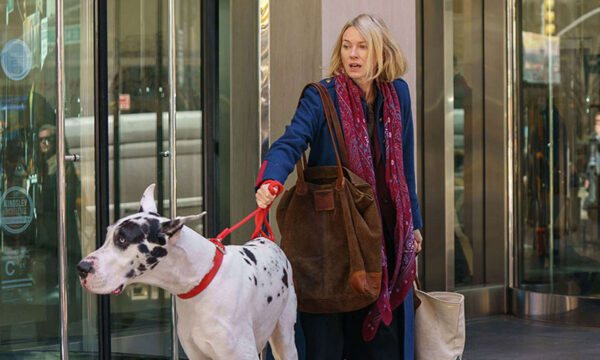
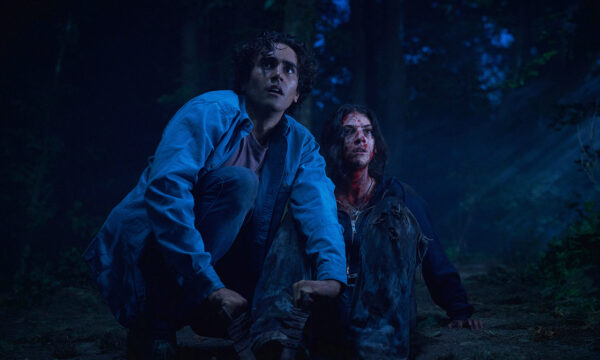
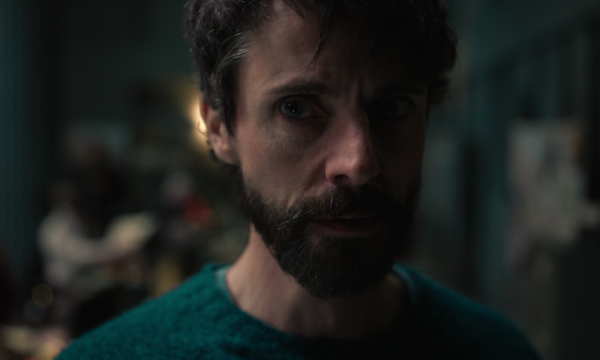
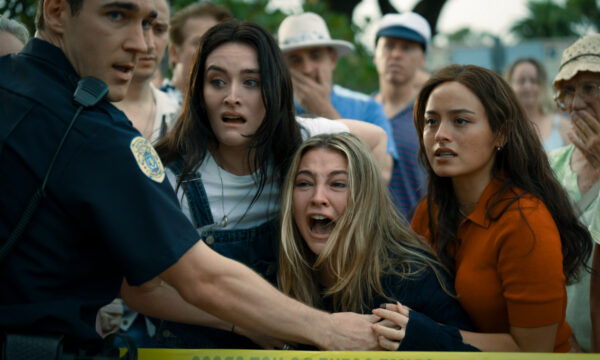
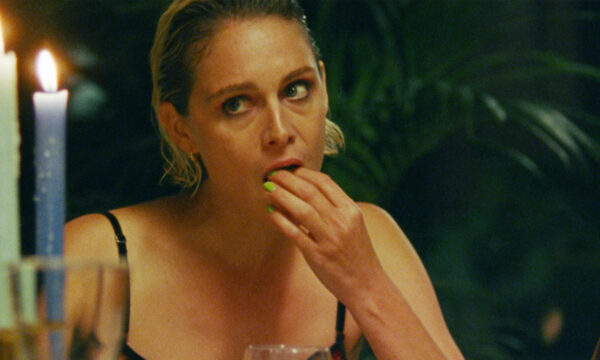
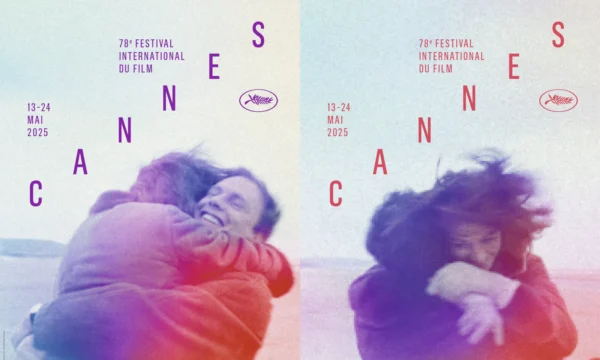
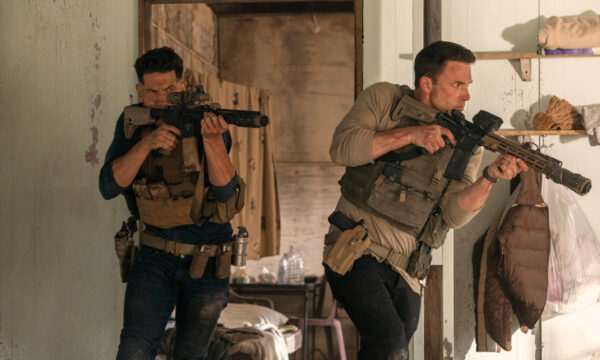
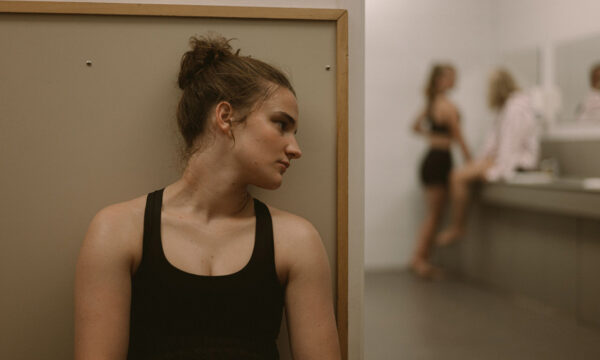
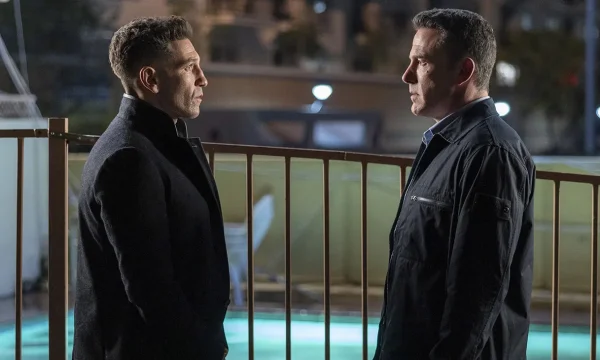






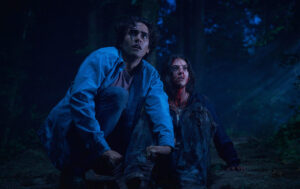
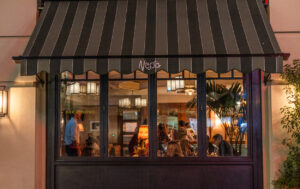


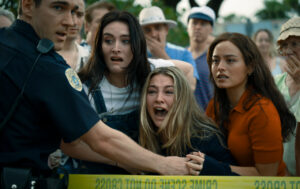
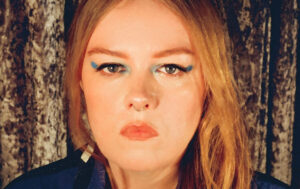
Facebook
Twitter
Instagram
YouTube
RSS